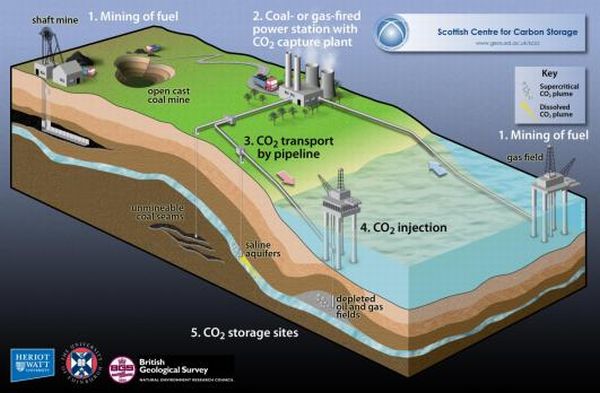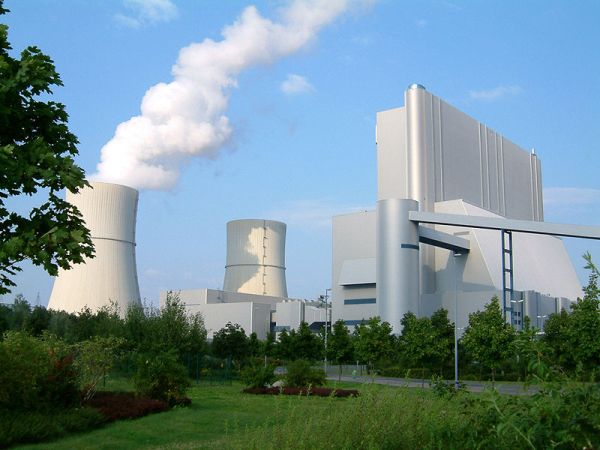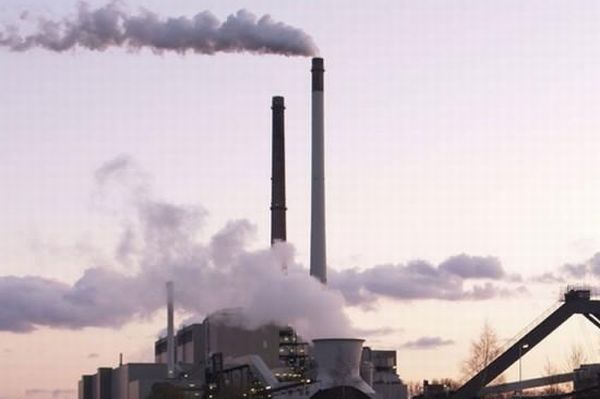
The worst problem of the century is rising atmospheric temperatures. CSS technology known as Carbon Capture and Storage/Sequestration proposes to come to the rescue. Through this technology, carbon dioxide is captured from power plants and stored in a way that does not harm the environment. Recently, in the past few years, there have been various initiatives to capture CO2.
Trends
1. Geoengineered enzymes to reduce the cost of carbon capture

Carbonic anhydrase, an enzyme, is capable of reducing the carbon capture costs as it lowers the amount of energy required to capture CO2. This enzyme increases the efficiency of carbon capture a100 times. It cannot survive at temperatures higher than 65 degree Celsius. As such, the most exigent thing about this Project was to make the survival possible.
2. 3.3 million tons of CO2 to be sequestered by GE

Slowly, organizations around the world are finding ways to reduce the carbon footprint. A whopping $400 million deal has been struck between General Electric Oil and Gas and the developers of Gorgon Natural Gas Project to sequester 3.3 million tons of CO2. The captured CO2 will be stored into wells 2.5km beneath the earth’s surface. This project would aid an annual production of around 15 million tons of liquefied natural gas.
3. Colorado based Company invents technology to capture CO2 in an easier manner

ION Engineering has come up with a technology that lowers the cost of capturing a ton of CO2 to just $20. With the conventional CSS methods, the cost varies between $50 and $100. The Company plans to use iconic liquids as against the conventional water-based solution.
4. Vattenfall to develop a pilot CSS project in Germany

In spite of the fact that there are many political and ecological issues to handle, there is no doubt about the usefulness of the CSS technology. In order to further clarify the technology to the people, the Swedish firm will test and demonstrate a pilot CSS project at the SchwarzePumpe power plant in Germany.
5. UK Government announces funds for using CSS technology

Hatfield is supposed to accommodate the first carbon capture plant. This achievement has been made possible by an enormous award of€180m from the European Union. The 900MW coal-fired electricity plant of Powerfuel Power would presumably start operating in 2014. The carbon captured through the CSS technology would be buried in an offshore gas field 100 miles away.
The benefits
Apart from the known fact that it would largely reduce carbon emissions, there are certain other significant benefits. Among them, the most important benefit is it would be now possible to keep the rise in temperature at a consistently 5 Centigrade low by keeping CO2 less than 550 ppm.
The lowdown
The most obvious disadvantage of this technology is that it is applicable only to the carbon emissions in the power plants. The CSS technology does not connect to the CO2 emissions through coal transportation and mining. Another shortfall is that the safe burial of atmospheric CO2 cannot be guaranteed, not without the least chances of aftereffects. Last but not the least, cost concerns are always there to put their ugly toes on the bread.
The impact
Well, everything that shines is not necessarily gold. Same goes the case with the CSS technology along with the brighter side it also has a darker one. The latter being that the trapped CO2 would also at some point of time prove to be ultimately harmful. The question is why then should any person opt to trap CO2 given a chance to curtail the use of coal itself?




